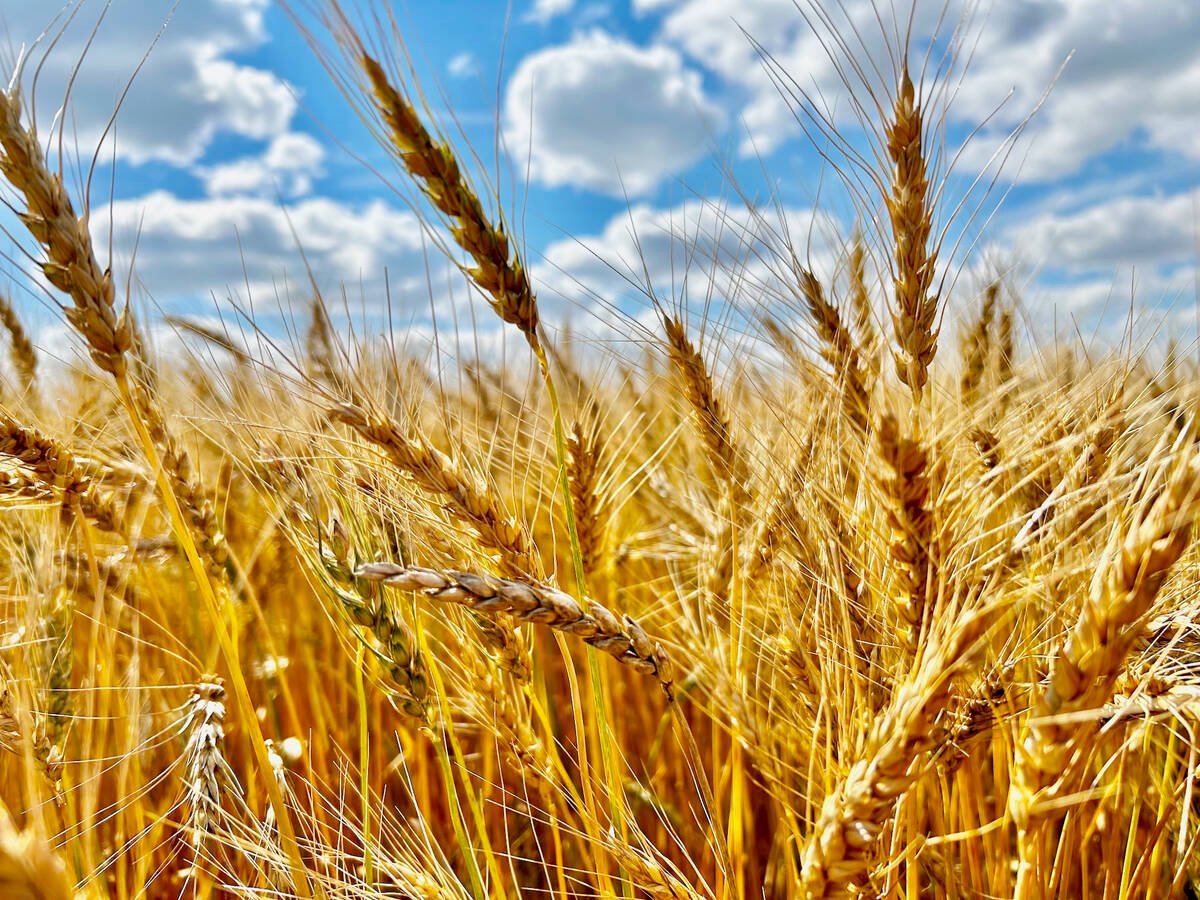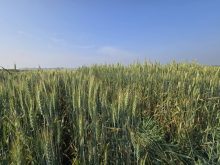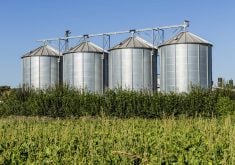A major farmer-based voice in the world of wheat breeding hopes a third-party review of Canada’s wheat variety development system will help keep Canadian farmers making money and on good footing against other wheat providing countries of the world.
The Canadian Wheat Research Coalition is more than a week past its announcement of a review coming for Canada’s wheat breeding innovation system. The organization, a joint effort between the wheat-representing grower groups of all three Prairie provinces, announced Sept. 11 that they were hiring Synthesis Agri-Food Network to lead the project.
A major emphasis will be on how well the system is matching modern farmer needs.
Read Also
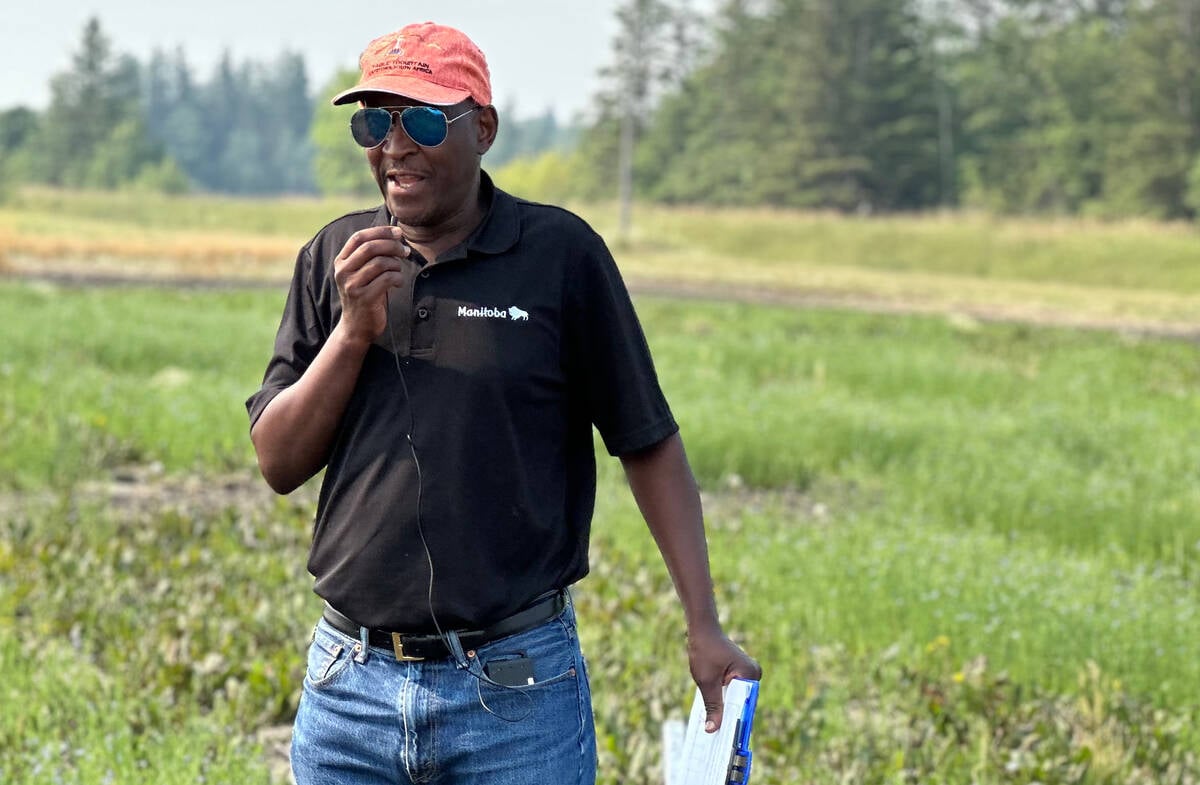
How much nitrogen can farmers really cut?
Manitoba fertilizer trials look for nitrification inhibitor sweet spot, to lower greenhouse gas emissions and cost without hurting yield.
“We have a vested interest with respect to what that (wheat breeding) system looks like in order for it to deliver the innovation our farmers need to be competitive on the world stage, and be profitable and successful, as well,” said Pam de Rocquigny, chief executive officer with the Manitoba Crop Alliance.
The MCA, as the commodity group representing Manitoba wheat growers, leads the province’s membership in the coalition.
WHY IT MATTERS: Canada’s wheat breeding programs have brought big wins for farmers in the past, but farmer needs are also changing fast with changing agronomic, pest control, weather and market resilience requirements.
The work is about making sure the system keeps pace with global competitors while continuing to deliver varieties that perform for farmers across the Prairies, the coalition said in its Sept. 11 press release.
“Canadian farmers need a wheat breeding innovation system that is globally competitive, prevents technology gaps and maintains choice and competition in the marketplace,” said Dean Hubbard, CWRC chair and a farmer near Claresholm, Alta.
Farmer dollars spent
The coalition puts a lot of farmer money into research every year, they noted. There’s therefore interest in making sure those investments are doing what farmers need them to do, the coalition noted.
The CWRC tosses more than $9.5 million each year to institutions and federal research on behalf of western Canadian growers to do the work. That money goes through core breeding agreements with Agriculture and Agri-Food Canada , the University of Saskatchewan Crop Development Centre, the University of Manitoba and the University of Alberta.
Under this model, farmers now cover almost half of the country’s total public varietal research and development costs, making them a cornerstone partner in Canada’s wheat breeding efforts, the CWRC said.
Since the introduction of the core breeding announcements, more than 40 wheat varieties have been registered across multiple classes. A recent study found that, from 1995 to 2020, farmers received $33 in benefits for every dollar invested in wheat breeding.
“As farmers, we have contributed a lot of our hard-earned dollars to this important research and the CWRC must ensure those dollars are directed wherever they will produce the largest impact,” Hubbard said. “This review represents a proactive approach to ensuring farmer investments in public breeding programs continue to produce strong results we can see firsthand in our fields.”
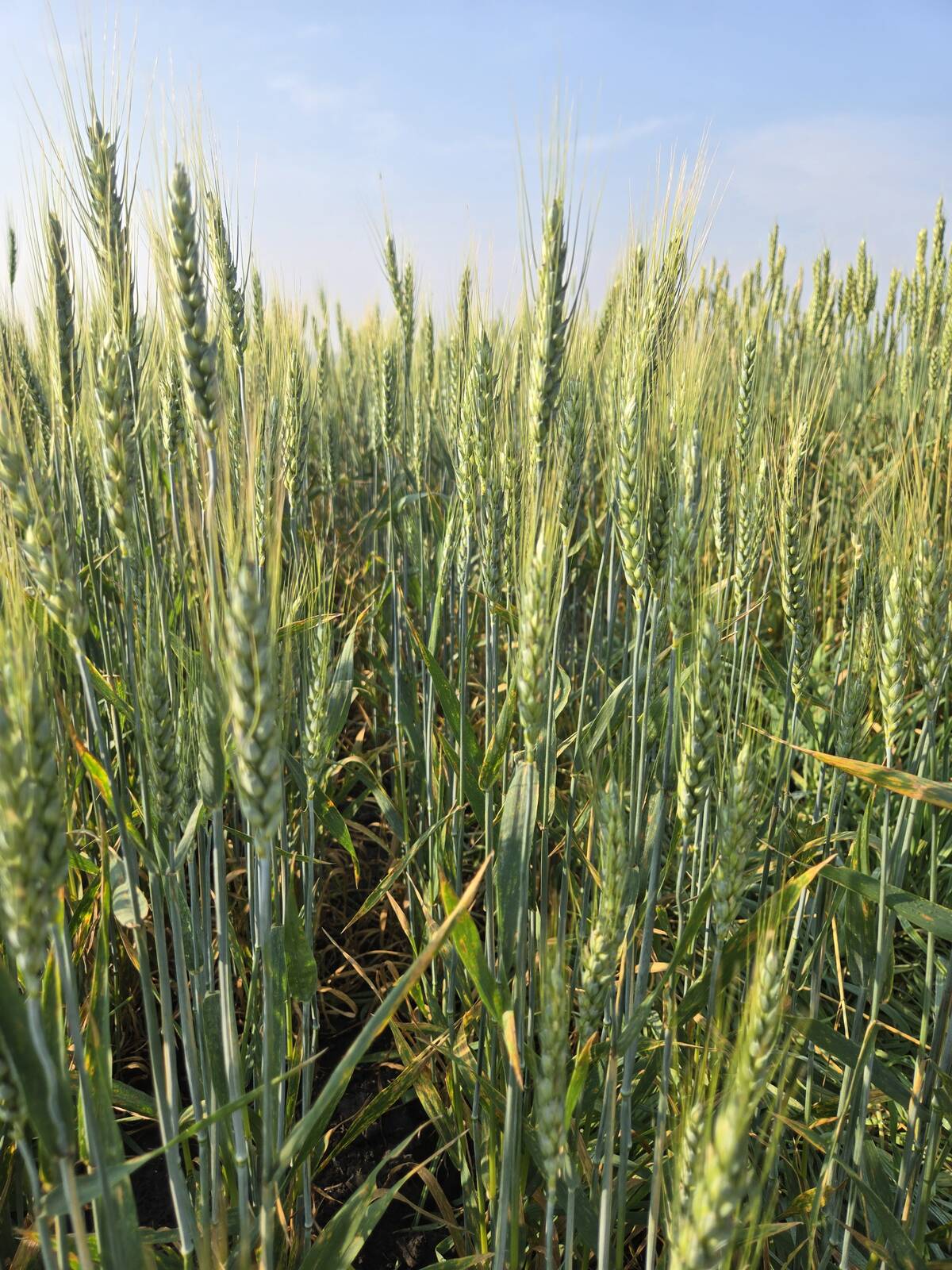
DeRocquigny echoed Hubbard.
“We’re just wanting to make sure that we’re looking at the wheat breeding innovation system… what are the opportunities? What are the gaps that are preventing us from fully realizing or implementing what the opportunities are?
“Sometimes you need to know where you are before you can start to move forward. And I think that’s really what we’re doing, is trying to take that proactive approach to identify potential, current risks and then opportunities moving forward.”
The future of wheat breeding
The project will also help guide future steps, de Rocquigny said.
“Where should we be investing our dollars? What are the gaps? What are the opportunities? And then, once we have that information, it’ll help guide us in terms of what are the next steps, what’s the best way to engage with all industry stakeholders moving forward after that,” she said.


